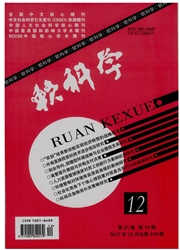

 中文摘要:
中文摘要:
运用非线性门槛模型,分别从全国和东中西三大区域层面就居民消费对能源消耗的门槛效应进行了实证分析。结果表明:居民消费对能源消耗的影响显著存在基于经济发展水平和居民收入的门槛效应。全国层面上居民消费对能源消耗的弹性系数呈现升降升的“N”型变化趋势。东部地区居民消费对能源消耗的促进作用最大,但是会不断减弱;西部地区的促进作用最小,但是会不断增强;中部地区的促进作用介于东部和西部之间且呈现出先上升后下降的趋势。另外,增加地区居民收入更有利于减弱居民消费对于能源消耗的促进作用。
 英文摘要:
英文摘要:
This paper analyzes the threshold effects of household consumption on energy use from perspective of local econo- my and household income level by threshold model. Results show that the threshold effects of household consumption on en- ergy are very significant. From the perspective of whole China, elasticity coefficient between household consumption and en- ergy use presents "N-shaped" trend from increase to decrease to increase. Driving effect of household consumption on ener- gy use is biggest in eastern region, while will be weakened. The driving effect is smallest in western region, while will be strengthened. The driving effect in central region is between east and west, the elasticity coefficient presents earlier increase and later decrease trend. In addition, compared to develop local economy, it is more effective to increase household income to weaken the driving effect of household consumption on energy.
 同期刊论文项目
同期刊论文项目
 同项目期刊论文
同项目期刊论文
 期刊信息
期刊信息
